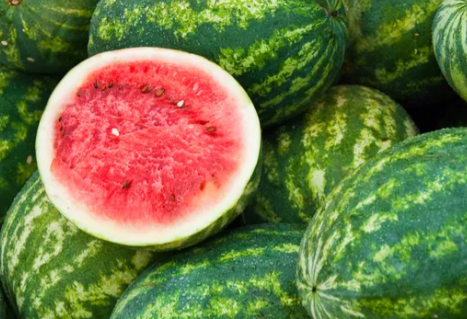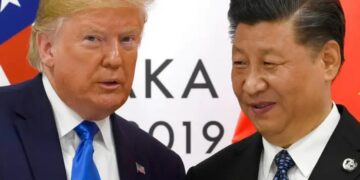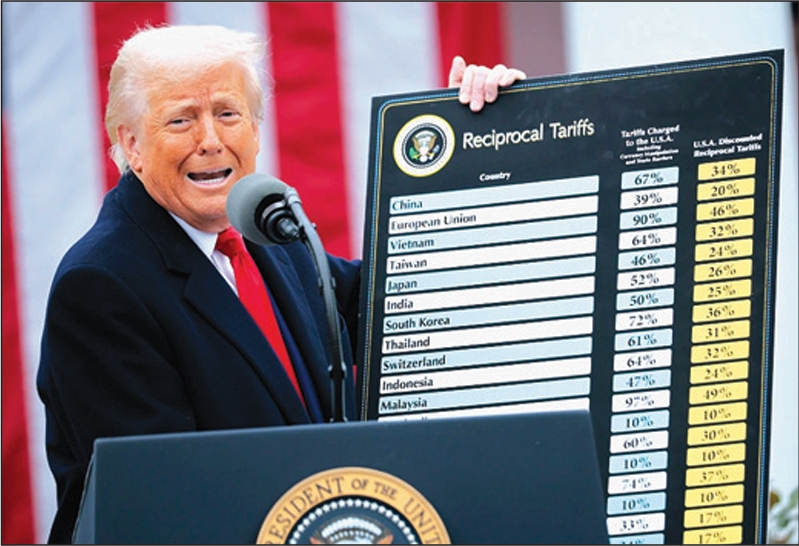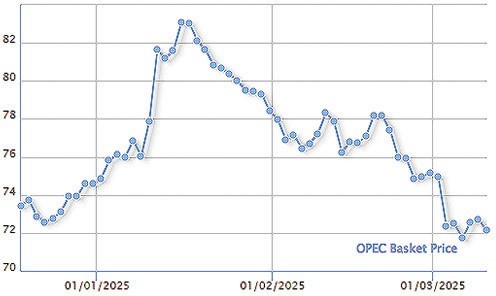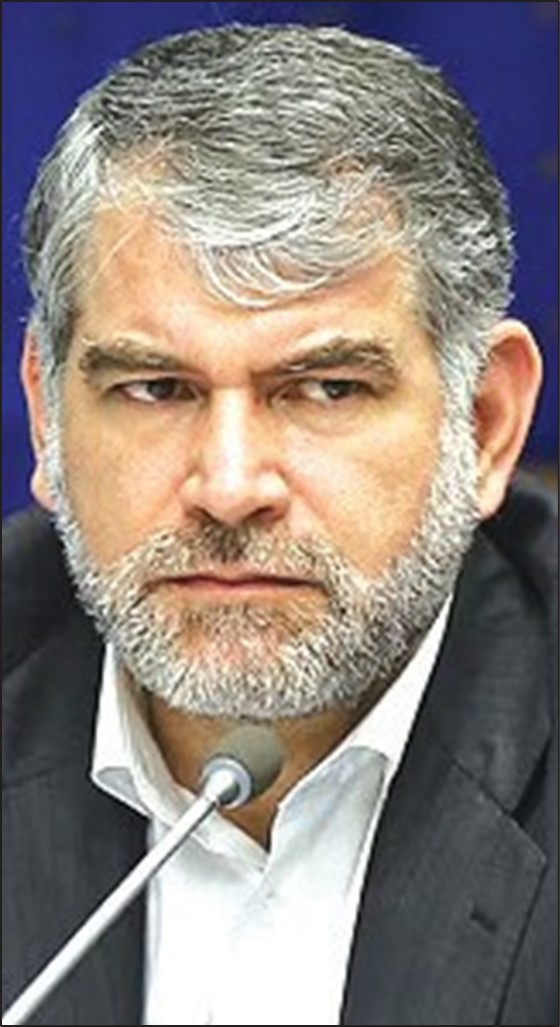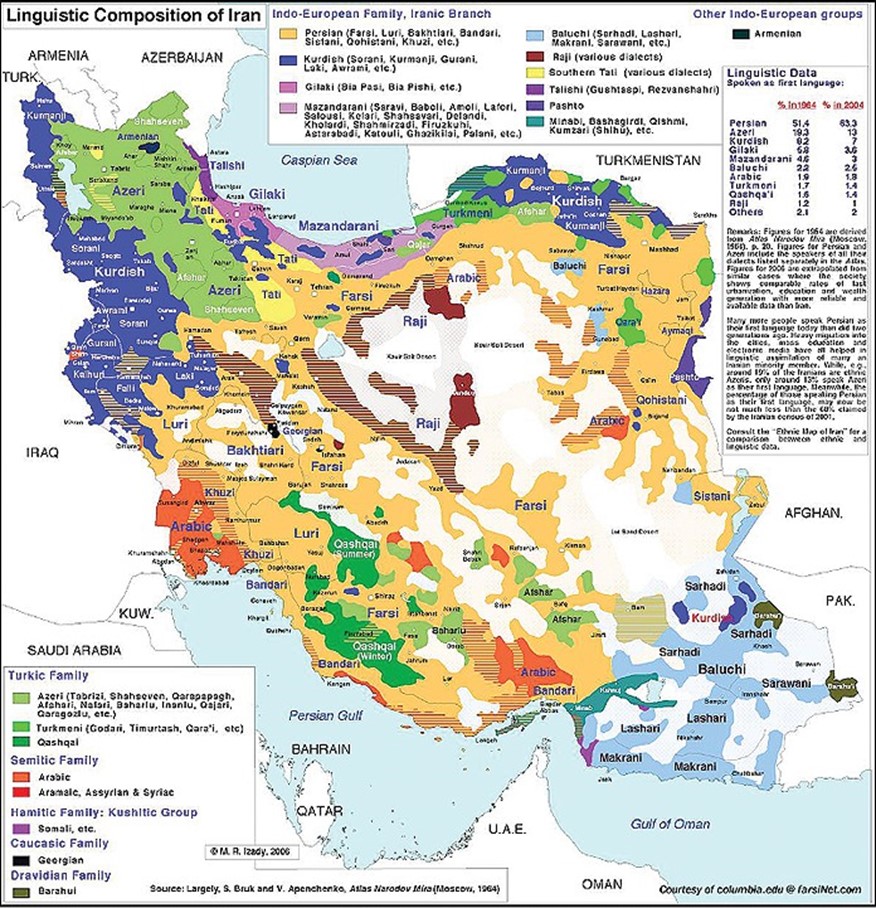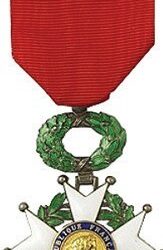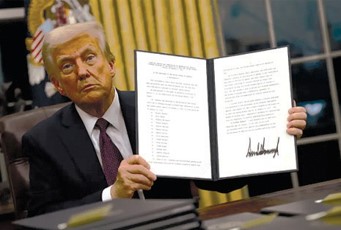April 07 2025
I n the last Persian year, the Islamic Republic sent 82 percent of its non-oil exports to just seven countries and 90 percent of its oil exports to just one country—and most of its “non-oil” exports were actually petroleum products.
In the just-ended Persian year 1403, according to just-released customs figures, Iran sent 82 percent of its “non-oil” exports to just seven countries, showing its very narrow dependence on a few markets. The seven are China ($14.8 billion), Iraq $11.9 billion, the UAE ($7.2 billion), Turkiye ($6.8 billion), Pakistan and Afghanistan ($2.4 billion each) and India ($1.9 billion). Five of those seven markets are geographic neighbors of Iran. Exports figures for the UAE are deceptive since those goods were largely re-exported to other countries.
Most of these “non-oil” exports were actually petroleum products—natural gas; liquefied propane; butane; methanol; liquefied petroleum gases; hydrocarbon gases; gas condensates; petroleum bitumen; and polyethylene are the main “non-oil” exports—so the revolution has still not achieved its half-century-old objective of freeing the country from dependency on petroleum.
And 90 percent of its oil exports are going to China—perhaps more than that will go there this year, since oil exports to its second largest customer, Syria, ended last November with the fall of the Assad regime.
Iran exported non-oil goods worth $57.8 billion, a 15.6 percent rise in value compared to the previous year, according to Abolfazl Akbarpour, the deputy head of the Islamic Republic of Iran Customs Administration (IRICA) for planning and international affairs.
Shifting to imports, they totaled $72.4 billion, an 8.2 percent increase in value from the previous year. But the growth was entirely due to the import of more than $8.0 billion worth of raw gold bars, an indicator of the regime’s desperate hunt for an economic anchor, but one that saddles it with a commodity that earns no interest whatsoever—but one that may increase in value now that the world quakes before the Trump economic war, which didn’t exist when Iran was buying all that gold.
On the import side, essential goods such as corn feed, soybean meal, genetically modified soybeans, rice, and sunflower seed oil were among the top items. Other key imports included smartphones, tractors and auto parts.
The UAE was Iran’s largest source of imports at $21.9 billion, followed by China at $19.3 billion, Turkiye at $12.4 billion, then distantly Germany at $2.4 billion, India at $1.7 billion, Hong Kong at $1.4 billion, and Russia at $1.3 billion. Together, these seven countries supplied goods worth $60.7 billion, or 83.8 percent of Iran’s total imports.
Much of what Iran sells to the UAE is re-exported elsewhere. China is in second place because it will only pay for Iranian oil in China’s yuan currency, meaning Iran is pretty much stuck buying Chinese products to use up all the yuan it has piling up in Chinese banks. Imports from Russia are paltry, considering that both countries keep insisting they love to buy from and sell to each other.










